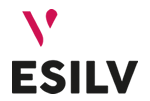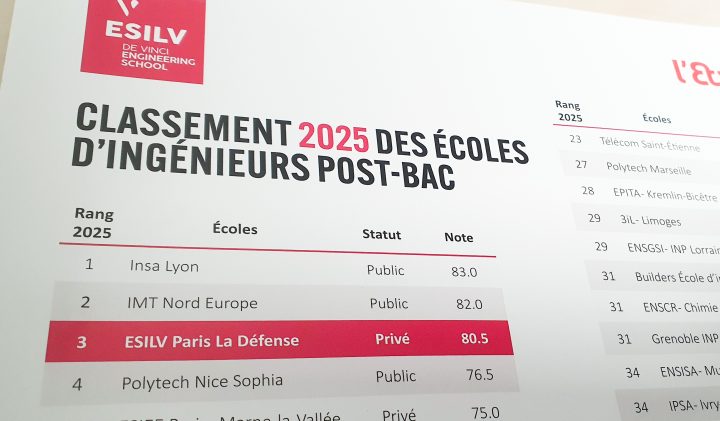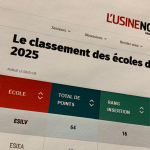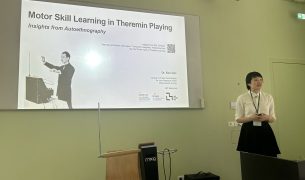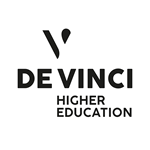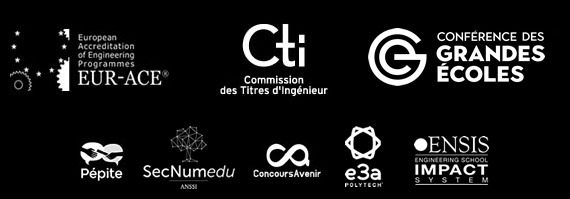ESILV has been ranked 3rd in the 2025 L’Étudiant ranking of engineering schools that recruit students after the French Baccalauréat via Parcoursup, offering a five-year engineering programme. With campuses in Paris, Nantes, and Montpellier, the school holds the top regional position in Île-de-France, Pays de la Loire, and Occitanie.
The L’Étudiant 2025 engineering school ranking is one of the tools available to help future students make informed choices.
ESILV is ranked 3rd this year among the 88 institutions offering five-year integrated preparatory engineering courses.
The 2025 ranking is based on 13 criteria grouped into four key categories: academic excellence and research, international outreach, social diversity and sustainable development, and employability and professional integration.
“The environmental dimension has been given more weight in this edition. Two bonus points were awarded to the 20 schools that achieved the DD&RS label as of 1 January 2025.” – L’Étudiant
For this 2025 edition, 88 engineering schools with integrated preparatory courses have been ranked. ESILV stands out in the league table as:
-
3rd post-baccalaureate engineering school nationwide
-
1st post-baccalaureate engineering school in Île-de-France, Western France and Occitanie
Top 20 post-baccalaureate engineering schools in 2025, according to L’Étudiant
| rang | école | note | ||
|---|---|---|---|---|
| 1 | INSA Lyon | 83,0/119 | ||
| 2 | IMT Nord Europe | 82,0/119 | ||
| 3 | ESILV - Paris - Nantes - Montpellier | 80,5/119 | ||
| 4 | Polytech Nice Sophia | 76,5/119 | ||
| 5 | ESIEE Paris - Marne-la-Vallée | 75,0/119 | ||
| 6 | UTC - Compiègne | 73,0/119 | ||
| 7 | Efrei Paris | 72,5/119 | ||
| 8 | INSA Toulouse | 72,0/119 | ||
| 9 | UTT - Troyes | 71,0/119 | ||
| 10 | ESIEA - Paris - Laval | 69,0/119 | ||
| 11 | INSA Rennes | 68,0/119 | ||
| 12 | ECE - Paris - Lyon - Bordeaux | 67,5/119 | ||
| 12 | Polytech Montpellier | 67,5/119 | ||
| 14 | INSA Rouen | 65,5/119 | ||
| 14 | Polytech Paris-Saclay | 65,5/119 | ||
| 14 | UTBM - Belfort-Montbéliard | 65,5/119 | ||
| 17 | ICAM | 64,5/119 | ||
| 18 | INSA Hauts-de-France | 64,0/119 | ||
| 19 | EEIGM - INP Lorraine | 62,0/119 | ||
| 19 | ENSCMu - Chimie Mulhouse | 62,0/119 |
How L’Étudiant ranks engineering schools
The L’Étudiant ranking is mainly based on self-reported data from institutions, supplemented by public sources and surveys conducted by the CTI (Commission des titres d’ingénieur) and Cdefi (Conference of Directors of French Engineering Schools).
The overall score is based on four main categories: academic excellence and research (40 points), international outreach (30 points), social diversity and sustainable development (14 points), and professional integration and employment (35 points).
Key indicators include average Baccalauréat grades upon entry, the proportion of research-active faculty, the number of international students, international ranking reputation, and graduate starting salaries.
Scores may vary depending on the availability and reliability of the data, which are subject to verification. Inaccurate declarations, omissions or refusals to provide supporting evidence may affect a school’s ranking. Data from alumni surveys are smoothed over several years to reduce annual fluctuations.
What’s new in the 2025 edition
The 2025 edition introduces adjustments to better assess each school.
Scores are now allocated in half-point increments, and only students enrolled in the engineering cycle are considered. Due to insufficient supporting evidence for 2025, data on academic chairs from 2024 were reused. The weight of apprenticeships, including professional training contracts, has been reduced to five points.
The doctoral student criterion is 75% based on total numbers and 25% on supervision. Dual degrees with institutions in the UK and US are now included, and international employment and salary data are smoothed over two years.
Students in military or civil service roles are excluded from calculating scholarship rates, and only scholarships equivalent to those awarded by CROUS are considered. The proportion of international students is calculated solely from those in the engineering cycle. Gender parity has also been reintroduced, with up to two points awarded depending on the balance of male and female students.
A comprehensive guidance tool for choosing an engineering school
While rankings can be a helpful comparison tool, they do not replace the essential fact that all engineering schools accredited by the CTI meet a high standard of quality and award degrees recognised by the French state and employers.
In France, over 200 engineering schools produce around 40,000 graduates yearly, contributing to major societal challenges, including the energy transition, digital transformation, healthcare, and mobility. Attending a highly ranked school may be one factor, but success is not solely defined by rank. Gaining admission to and completing an engineering programme is an achievement in itself, requiring commitment, adaptability, and academic rigour.
With nearly 90% employment within six months of graduation and median starting salaries often exceeding €40,000 gross per year, an engineering degree remains a strong career asset—regardless of the school’s position in the rankings.
These are just some of the factors that can guide your choice of engineering school. Rankings are useful, but not the only consideration.
Open days offer an opportunity to meet students from the integrated preparatory programme, engineering cycle, and bachelor tracks, as well as faculty members and cross-disciplinary departments at ESILV.







